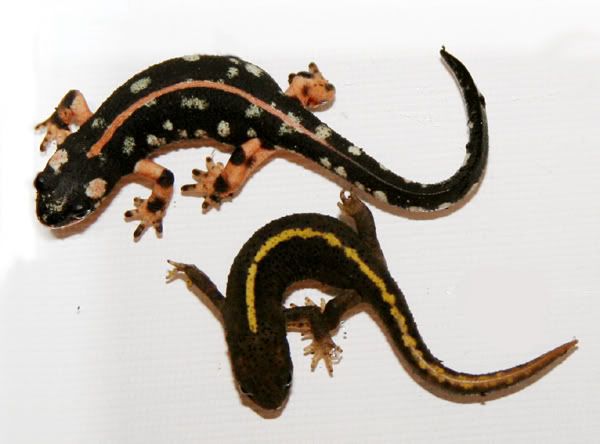paul_b
Member
- Joined
- Nov 25, 2002
- Messages
- 615
- Reaction score
- 10
- Points
- 18
- Location
- Düsseldorf
- Country
- Germany
- Display Name
- Paul Bachhausen
Hi John,
my juvenile Neurergus kaiseri are clearly more aquatic than most of the Cynops species I breed!
If they have the possibility to live in a good water part, they nearly never go on land.
Some successfull breeder don't force them to go on land with good success.
Look here:
http://www.caudata.org/forum/showthread.php?t=41968
and:
http://www.caudata.org/forum/showthread.php?t=50492
I am wondering if it is possible, that in nature some populations also live in water all year - in the ground (carst)?
Paul
my juvenile Neurergus kaiseri are clearly more aquatic than most of the Cynops species I breed!
If they have the possibility to live in a good water part, they nearly never go on land.
Some successfull breeder don't force them to go on land with good success.
Look here:
http://www.caudata.org/forum/showthread.php?t=41968
and:
http://www.caudata.org/forum/showthread.php?t=50492
I am wondering if it is possible, that in nature some populations also live in water all year - in the ground (carst)?
Paul

